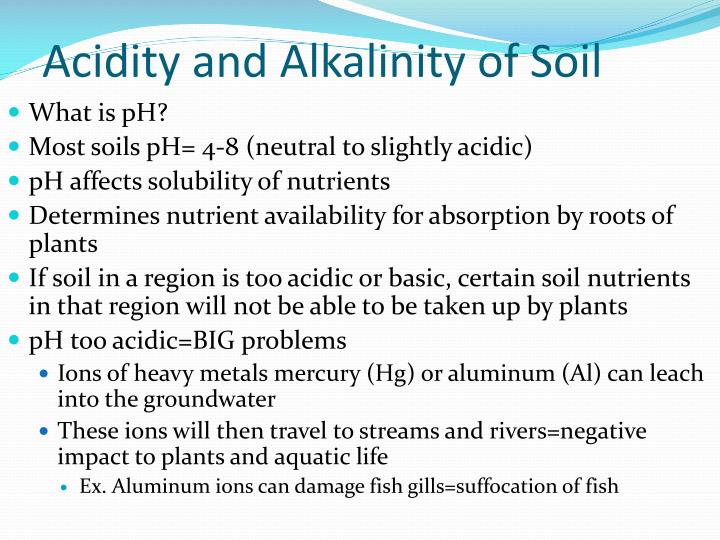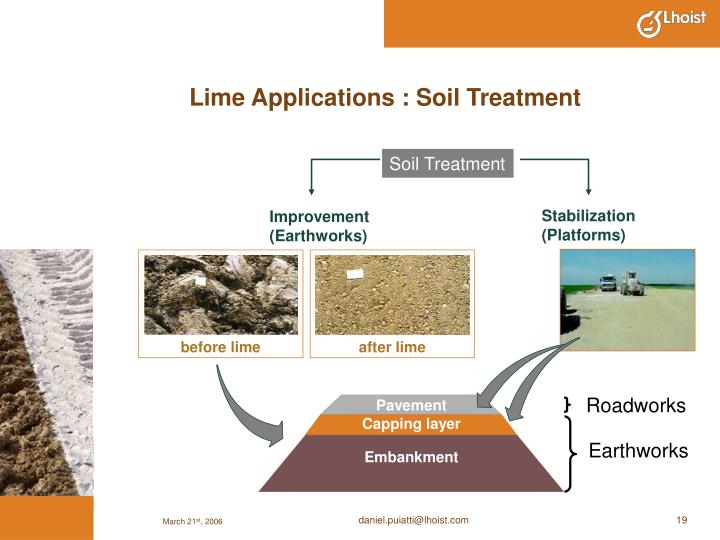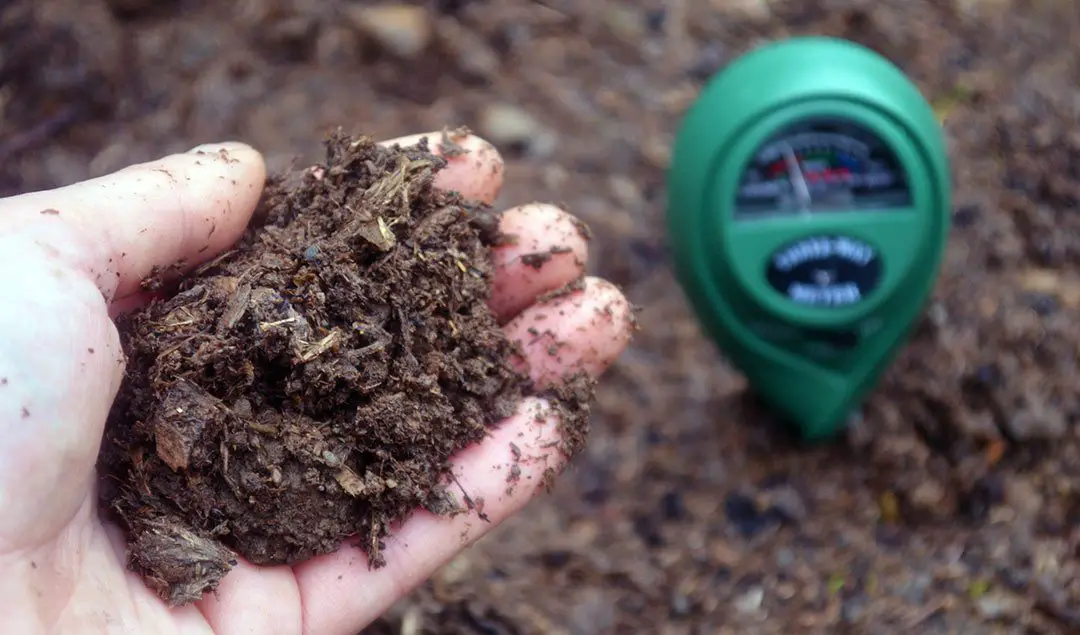Understanding Soil Alkalinity and Its Importance
Soil alkalinity, also known as soil pH, is a critical factor in determining the health and fertility of soil. Soil pH is a measure of the concentration of hydrogen ions in the soil, with a pH of 7 being neutral, below 7 being acidic, and above 7 being alkaline. Most plants prefer a slightly acidic to neutral soil pH, ranging from 6.0 to 7.0. However, some plants, such as succulents and cacti, thrive in alkaline soils with a pH above 7.0.
Soil alkalinity affects the availability of essential nutrients for plant growth. In alkaline soils, nutrients like phosphorus, iron, and zinc become less available, while in acidic soils, nutrients like calcium and magnesium become more available. Moreover, soil pH influences the activity of microorganisms, which play a crucial role in decomposing organic matter and fixing nitrogen.
Acidic soils can be detrimental to plant growth, leading to reduced yields, stunted growth, and increased susceptibility to diseases. On the other hand, alkaline soils can lead to nutrient deficiencies, reduced water infiltration, and increased soil erosion. Therefore, it is essential to understand the importance of soil alkalinity and take steps to adjust the soil pH to optimal levels.
For gardeners and farmers seeking to raise their soil’s pH levels, it is crucial to understand the underlying causes of acidic soils. Common causes include the use of acidic fertilizers, excessive rainfall, and the presence of acidic parent materials. By addressing these underlying causes and implementing strategies to alkalize the soil, gardeners and farmers can create a more favorable environment for plant growth.
So, how do I make soil alkaline? The answer lies in understanding the soil’s pH and taking corrective measures to adjust it. By adding alkaline materials, such as lime or wood ash, and incorporating organic matter, gardeners and farmers can raise their soil’s pH levels and create a more fertile and productive soil environment.
Testing Your Soil’s pH Levels: A Crucial First Step
Before attempting to raise your soil’s pH levels, it is essential to determine its current pH. Testing your soil’s pH is a crucial first step in understanding its alkalinity and making informed decisions about how to adjust it. There are several methods for testing soil pH, including DIY kits and laboratory testing.
DIY soil testing kits are widely available and can provide a quick and easy way to determine your soil’s pH. These kits usually include a testing strip or a pH meter that can be inserted into the soil to obtain a reading. However, it is essential to note that DIY kits may not provide accurate results, especially if the soil is heavily contaminated or has a high level of organic matter.
Laboratory testing, on the other hand, provides a more accurate and comprehensive analysis of your soil’s pH and nutrient levels. Soil samples are sent to a laboratory for analysis, and the results are usually provided in a detailed report. Laboratory testing can also identify other soil issues, such as nutrient deficiencies or contamination, which can impact your soil’s pH.
When testing your soil’s pH, it is essential to take multiple samples from different areas of your garden or farm. This will help ensure that the results are representative of the entire area and not just a small section. It is also crucial to test your soil at different depths, as the pH can vary significantly between the surface and subsurface layers.
Once you have determined your soil’s pH, you can begin to explore ways to raise it. If you’re wondering how to make soil alkaline, the first step is to understand the underlying causes of acidic soil and then implement strategies to adjust the pH. By testing your soil’s pH and understanding its alkalinity, you can take the first step towards creating a more fertile and productive soil environment.
How to Make Soil Alkaline: Organic and Inorganic Methods
Once you have determined your soil’s pH and identified the need to raise it, there are several organic and inorganic methods to consider. These methods can be used alone or in combination to achieve the desired pH level. When wondering how to make soil alkaline, it’s essential to understand the pros and cons of each method.
One of the most common inorganic methods for raising soil pH is the use of lime. Lime is a highly effective alkalizer that can quickly raise soil pH. However, it can also be expensive and may require repeated applications. Dolomitic limestone is another inorganic option that is rich in calcium and magnesium, making it an excellent choice for soils that are deficient in these nutrients.
Organic methods for raising soil pH include the use of wood ash, bone meal, and crushed eggshells. Wood ash is a natural and cost-effective alternative to lime, but it can be variable in its pH and may contain contaminants. Bone meal is a slow-release fertilizer that can help raise soil pH over time, while crushed eggshells can provide a natural source of calcium.
Other organic methods for alkalizing soil include adding oyster shells, alfalfa meal, or kelp meal. These materials are rich in calcium and other nutrients that can help raise soil pH and improve soil fertility. However, they may be more expensive than inorganic options and may require repeated applications.
When choosing a method for raising soil pH, it’s essential to consider the specific needs of your soil and the plants you are growing. Different plants have different pH requirements, and some may be more sensitive to changes in soil pH than others. By understanding the pros and cons of each method and selecting the best option for your soil, you can create a more fertile and productive soil environment.
Remember, raising soil pH is a process that requires patience and persistence. It’s essential to monitor your soil’s pH regularly and adjust your methods as needed to achieve the desired level. By following these tips and using the right methods, you can learn how to make soil alkaline and create a thriving garden or farm.
The Role of Lime in Soil Alkalization
Lime is a highly effective soil alkalizer that has been used for centuries to raise soil pH. There are two main types of lime: calcitic and dolomitic. Calcitic lime is primarily composed of calcium carbonate and is the most commonly used type of lime for soil alkalization. Dolomitic lime, on the other hand, is a combination of calcium and magnesium carbonates and is often used for soils that are deficient in magnesium.
The application rate of lime depends on the soil’s pH and the desired level of alkalization. A general rule of thumb is to apply 1-2 tons of lime per acre to raise the soil pH by one unit. However, this rate may vary depending on the soil’s texture, organic matter content, and other factors. It’s essential to consult with a soil expert or conduct a soil test to determine the optimal application rate for your specific soil.
While lime is an effective soil alkalizer, it can also have potential risks if not used properly. Over-liming can lead to a rapid increase in soil pH, which can be detrimental to plant growth. Under-liming, on the other hand, may not provide sufficient alkalization. Additionally, lime can also affect the availability of other nutrients in the soil, such as phosphorus and potassium.
To avoid these risks, it’s essential to follow proper application techniques when using lime to alkalize soil. This includes applying lime at the correct rate, incorporating it into the soil to a depth of 6-8 inches, and monitoring soil pH regularly to ensure optimal levels are maintained. By using lime correctly, you can effectively raise your soil’s pH and create a more favorable environment for plant growth.
When wondering how to make soil alkaline, lime is often one of the first options considered. However, it’s essential to weigh the pros and cons of using lime and consider other natural methods for alkalizing soil, such as wood ash or bone meal. By understanding the role of lime in soil alkalization and using it correctly, you can create a more fertile and productive soil environment.
Wood Ash: A Natural and Cost-Effective Alternative
Wood ash is a natural and cost-effective alternative to lime for raising soil pH. Wood ash is the residue left over from burning wood, and it is rich in calcium and potassium. These nutrients can help neutralize acidic soils and provide essential micronutrients for plant growth.
One of the benefits of using wood ash is its high pH level, which can range from 9 to 13. This makes it an effective alkalizer for acidic soils. Additionally, wood ash is a slow-release fertilizer, which means it can provide nutrients to plants over an extended period.
However, there are some potential drawbacks to using wood ash. The pH level of wood ash can vary depending on the type of wood burned and the combustion temperature. This can lead to inconsistent results and potential contamination risks. Additionally, wood ash can be high in sodium, which can be detrimental to plant growth in large quantities.
To use wood ash effectively, it’s essential to follow proper application techniques. This includes mixing the wood ash into the soil to a depth of 6-8 inches and avoiding over-application. A general rule of thumb is to apply 1-2 pounds of wood ash per 100 square feet of soil. It’s also crucial to monitor soil pH regularly to ensure optimal levels are maintained.
When wondering how to make soil alkaline, wood ash is a natural and cost-effective option to consider. While it may not be as effective as lime in some cases, it can provide a slow-release source of nutrients and help neutralize acidic soils. By understanding the benefits and potential drawbacks of using wood ash, you can make an informed decision about whether it’s the right choice for your soil.
Other Natural Methods for Raising Soil pH
In addition to lime and wood ash, there are several other natural methods for raising soil pH. One of these methods is adding bone meal to the soil. Bone meal is a slow-release fertilizer that is high in phosphorus and calcium, making it an effective alkalizer for acidic soils.
Another natural method for alkalizing soil is adding crushed eggshells. Eggshells are rich in calcium carbonate, which can help neutralize acidic soils. Additionally, the sharp edges of the eggshells can help improve soil structure and drainage.
Oyster shells are another natural material that can be used to raise soil pH. Oyster shells are high in calcium carbonate and can be added to the soil to provide a slow release of nutrients. They can also help improve soil structure and drainage.
Other natural materials that can be used to alkalize soil include dolomitic limestone, crushed marble, and even seashells. Each of these materials has its own unique benefits and drawbacks, and the best choice will depend on the specific needs of your soil.
When using any of these natural methods, it’s essential to follow proper application techniques. This includes mixing the material into the soil to a depth of 6-8 inches and avoiding over-application. It’s also crucial to monitor soil pH regularly to ensure optimal levels are maintained.
By incorporating these natural methods into your soil care routine, you can create a more balanced and fertile soil environment. Remember to always test your soil pH regularly and adjust your methods as needed to ensure optimal results.
Monitoring and Maintaining Optimal Soil pH
Once you have raised your soil’s pH levels, it’s essential to monitor and maintain optimal levels over time. Regular soil testing and pH monitoring can help ensure that your soil remains fertile and productive.
Soil testing can be done using DIY kits or by sending a sample to a laboratory for analysis. It’s recommended to test your soil at least once a year, and more frequently if you’re making significant changes to your soil care routine.
When interpreting your soil test results, pay attention to the pH level and nutrient availability. If your soil pH is too high or too low, adjust your alkalization methods accordingly. Additionally, if your soil is deficient in certain nutrients, consider adding organic or inorganic fertilizers to address the issue.
To adjust soil pH over time, consider the following tips:
– If your soil pH is too high, add elemental sulfur or aluminum sulfate to lower the pH.
– If your soil pH is too low, add lime or dolomitic limestone to raise the pH.
– If your soil is deficient in nutrients, add organic or inorganic fertilizers as needed.
By regularly monitoring and maintaining optimal soil pH levels, you can create a fertile and productive soil environment that supports healthy plant growth. Remember to always test your soil pH regularly and adjust your methods as needed to ensure optimal results.
When wondering how to make soil alkaline, it’s essential to consider the long-term maintenance of your soil’s pH levels. By following these tips and regularly monitoring your soil pH, you can create a sustainable and productive soil environment that supports healthy plant growth.
Common Mistakes to Avoid When Alkalizing Soil
When attempting to alkalize soil, it’s essential to avoid common mistakes that can lead to ineffective or even detrimental results. One of the most common mistakes is over-liming, which can raise the soil pH too high and lead to nutrient deficiencies and reduced microbial activity.
Under-liming is another common mistake, which can result in inadequate alkalization and continued soil acidity. Using inappropriate materials, such as aluminum sulfate or elemental sulfur, can also lead to unintended consequences, such as soil contamination or nutrient imbalances.
Additionally, failing to monitor soil pH regularly can lead to over- or under-alkalization, as well as neglecting to adjust alkalization methods based on changing soil conditions. It’s also important to avoid using too much of any single alkalizing material, as this can lead to an overabundance of certain nutrients and create an imbalanced soil environment.
By being aware of these common mistakes and taking steps to avoid them, you can ensure effective and sustainable alkalization of your soil. Remember to always test your soil pH regularly, adjust your alkalization methods as needed, and use a balanced approach to achieve optimal soil fertility and productivity.
When wondering how to make soil alkaline, it’s essential to consider the potential pitfalls and take a thoughtful and informed approach. By avoiding common mistakes and using the right techniques, you can create a fertile and productive soil environment that supports healthy plant growth and long-term sustainability.






